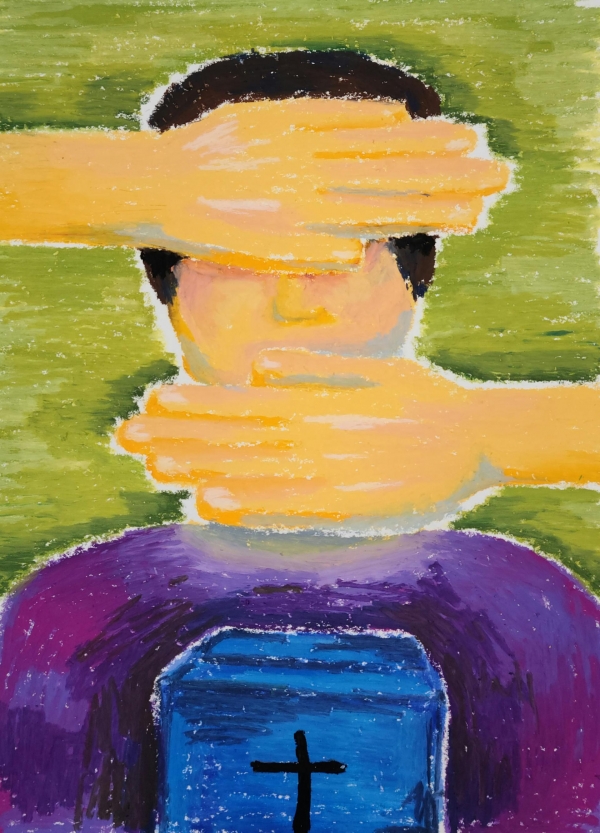
#MeToo happened to be not just a moment but an era. In many countries overseas, the #MeToo movement led to the #ChurchToo movement, which accuses sexual violence within churches. However, in Korean society, the #ChurchToo movement faced cultural and institutional barriers of the Christian communities. To combat this sexual violence in churches themselves, Ewha students organized an online exhibition “#ChurchToo #itda #itda.”
The exhibition opened from April 12, and was planned to end on April 30. However, due to the people who wished to extend the period of the exhibition, it was extended for another year until May 1, 2022. It was hosted by a team composed of three Ewha graduates and one undergraduate: Kim Yulim, Yu Esther, Lim RyungJin, and Yun Ji-su. The exhibition aims to connect one another with #ChurchToo movements, and to never forget the deep wounds of the victims.
“The first itda means ‘existing’ in Korean, and the second itda means ‘connecting’ in Korean,” Lim said. “Our message is simple. The voices of the victims and activists exist, and are connected by people partaking in the movement.”
Yu stated that the exhibition is meaningful in a way of breaking the assumptions that sexual violence in churches is a problem of heresy. She also expressed her hope of continuing the spirit of clearing the church communities by unveiling the hidden cases in male-centered Korean churches.
The exhibition is mainly composed of three sections. The first section, “Church and Sexual Violence,” shows the timeline of the cases and #ChurchToo movements, while the second section, “We Exist,” consists of interviews conducted with numerous activists. In particular, the team has interviewed Melanie Sakoda of the SNAP (Survivors Network of those Abused by Priests). Kim was originally planning to participate in an annual conference hosted by SNAP, but replaced it with an online team project due to the pandemic. The third section, “We Continue,” shows artworks contributed by participants, including paintings, prayers, and songs.
Kim stated that the “We Continue” section, a collection of artwork of the members and other participants, is the most critical part. The artworks all portray the problem of misogyny in the church, discrimination against social minorities, and an overly tolerant atmosphere of sexual violence.
“While searching for several interview videos, I encountered many cases of the victims being criticized when talking about their cases to the church they attend,” Yun said. “I believe maintaining an attentive attitude when listening to the stories of the victims is crucial. That way, we can overcome the situation and solve this problem through solidarity.”
When asked about the ways college students can partake in the movement, Yu commented that getting engaged by encountering events in one's surroundings or through news could be a way. Also, in a larger scale, continuously visualizing and publicizing the #ChurchToo movement would be a method for students to take a part. In addition, for Christian students, lay members are also allowed to attend the presbytery and general assembly, thus continuing to pay attention to canon law would help the denomination to be a more equal place.
"Gather people who are interested in #ChurchToo in schools and churches, nevertheless of the size of the crowd," Kim said. "Sharing your thoughts studying by attending exhibitions and campaigns will enable you to connect with more people and come up with more ideas, such as uploading related videos on the Internet, hosting seminars inviting instructors, publishing booklets, crowd funding, and collaboratin with related organizations."

